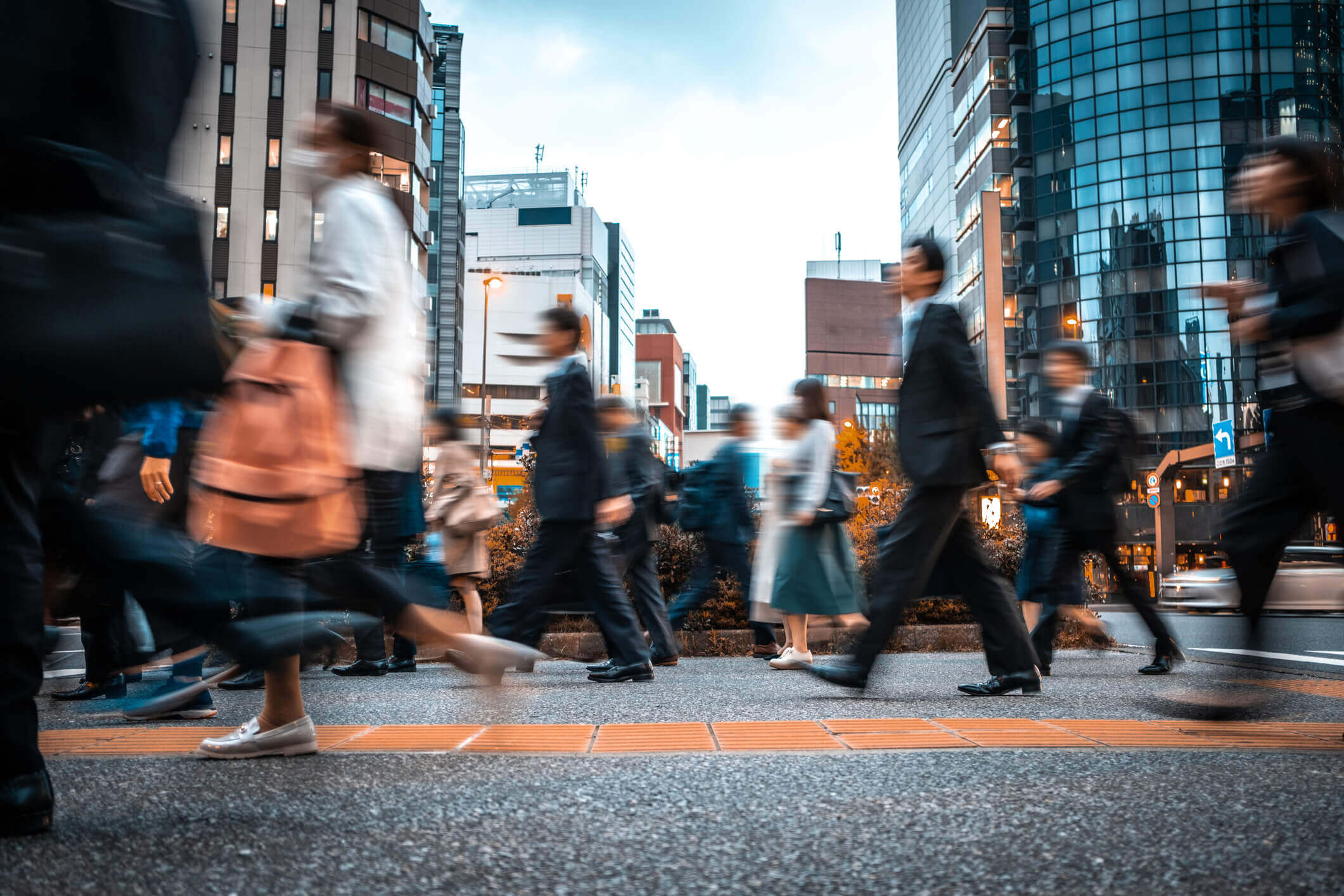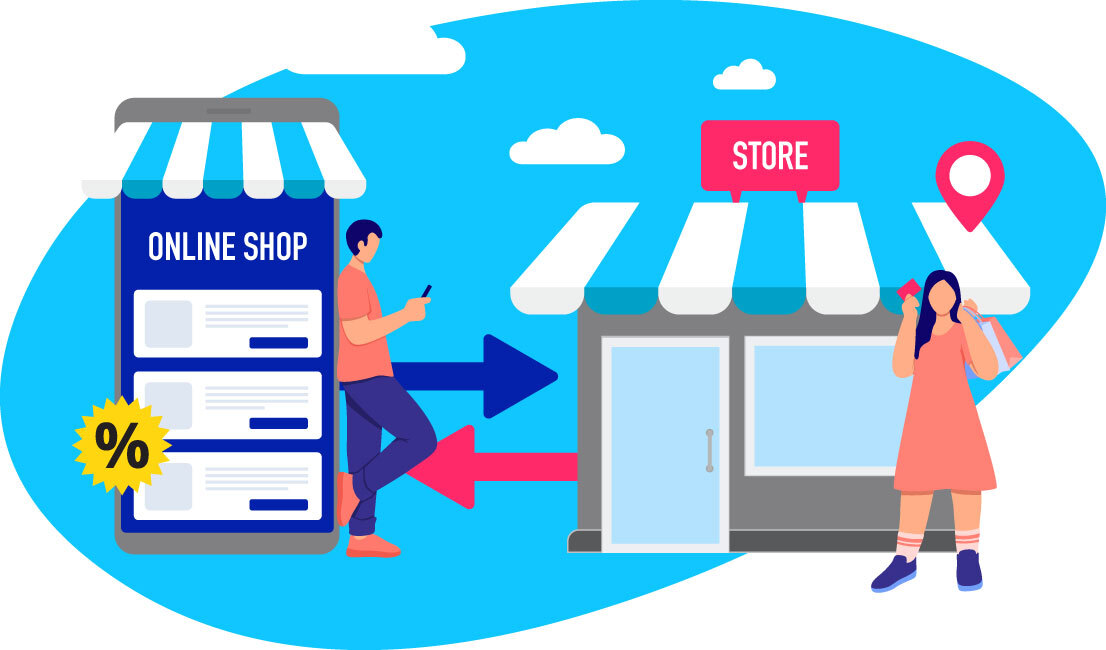8 min read
The COVID-19 pandemic has radically changed our lives. The lockdowns and social distancing measures that were put in place across the world have left a lasting impact on consumer behavior, some of which can be expected to continue in the post-pandemic era.
There has been an understandable shift in consumer preferences owing to the impact of the pandemic on the economy, jobs and financial health. Consumers are holding back on luxury spending to focus on essentials. A McKinsey survey shows that 46 percent of consumers in South Korea are changing to less expensive products to save money.
There has also been an uptick in online purchases. A recent report released by Facebook and Bain & Company shows that at least 44 percent of digital consumers across Southeast Asia have spent more on packaged and fresh groceries online during the pandemic, and among them, at least 80 percent will continue buying online in the future.
All these will have long-term implications for businesses, and it is still a long way to recovery. However, countries like China, South Korea and Singapore in Asia, the region first hit by the pandemic, have already seen businesses take the lead to reopen.
We have hand-picked some examples to show what brands in different industries in Asia are doing to leverage innovative strategies to tackle their challenges, and address consumers’ changing needs.
Travel and Tourism: Going Local and Driving Anticipation for the Future
As international borders remain closed, travelers are increasingly interested in domestic trips while making bigger travel plans for the future. For example, 55 percent of travelers in China expect their next leisure trip to be within the country, according to another McKinsey survey.
Travel and tourism organizations have recognized this trend by adapting to keep their existing customers engaged, encouraging domestic travel and inspiring future travelers. The Singapore Tourism Board has recently launched a SG$45 million (US$33 million) domestic tourism campaign to boost the travel and tourism sector.
Airlines, as one of the most hit industries, are also preparing for their recovery. At least eight of China’s airlines, such as China Southern Airlines and China Eastern Airlines , have introduced ‘all you can fly' deals since June this year, priced around US$500 for unlimited flights during a certain period.
Changi Airport in Singapore has created Transit Holding Areas to woo travelers by providing them with a “new transit experience”, including “snooze areas”, light entertainment, safe delivery of duty-free purchases and more.
Marriott International is aiming to open between 40 to 50 new hotels this year and 100 more next year to meet the increasing demand for “staycations” in Asia Pacific. It is also looking to employ more technology to improve the safety, cleanliness and hygiene of its hotel rooms.
Retail: Accelerating Digital Transformation
COVID-19 has exposed the need of the retail industry for digital transformation in order to reach consumers who increasingly prefer to conduct transactions online and from home.
Robinsons , a retail company with department stores in Singapore and Malaysia, has partnered with Lazada , a leading e-commerce platform in Southeast Asia, to expand its reach to online shoppers .
Shiseido has joined hands with Isetan Mitsukoshi , one of Japan’s largest retail groups, to launch sales programs through live streaming , which has grown popularity in the past few months due to the coronavirus disruptions.
Retail brands in China have also strengthened their digital presence with new innovations. Benefit Cosmetics , an LVMH-owned beauty brand, has introduced a Brow Try-On program through WeChat . This allows consumers to find a style that suits them before booking an appointment with the Benefit BrowBar. Sephora China is also taking initiatives to streamline their offline-to-online experience by partnering with Tmall, Alibaba’s B2C e-commerce platform, to launch a flagship online store.
Financial Services: Providing Contactless Services and Support
For financial services players, their priority is to ensure business continuity, but at the same time, they need to make sure that branch offices never become vectors for the virus. This means shifting to digital and contactless services as much as possible.
The Shenzhen-based Ping An Bank launched a ‘ Do It At Home ’ campaign earlier this year to offer contactless and smart services through its Pocket Bank app, allowing customers to complete transactions on wealth management, insurance, foreign exchange and more. Its AI-powered customer service can also provide support 24/7. The bank’s efforts led to 11.67 million transactions from more than three million customers in just two weeks.
Similar measures were taken by China Merchants Bank , as it enhanced its mobile app to become a one-stop shop for lifestyle and financial services , including food delivery, recipes, online courses and ridesharing services. The app also provides real-time pandemic data, online counseling and other resources, which collectively saw more than 100 million visits in just a month.
Singapore’s DBS bank is providing complimentary insurance coverage and home-loan-payment relief for customers affected by the pandemic, as well as support packages for small- and medium-size enterprises. Its COVID-19 hospital cash insurance policy, for example, recorded more than 52,000 sign-ups a day at its peak.
FMCG: Adapting by Thinking Out of the Box
Fast-moving consumer goods (FMCG) players in several Asian countries are optimistic about their post-pandemic recovery. A recent survey shows that businesses in this industry expect to return to normal within five months , compared to more than six months expected by other industries.
Indian beauty brand Freewill that offers personalized hair care products has halted its plan to expand into Singapore due to COVID-19, and re-focused on the local market, targeting consumers who couldn’t go to salons anymore . This has proved to be a successful move as it saw a 20 to 30 percent spike in sales after the lockdown was lifted in India.
The food service providers have been hit hard by COVID-19, even in the post-pandemic era. The same Facebook and Bain & Company report shows that up to 77 percent of consumers in Southeast Asia are now preparing food at home more often. Tiger Beer in Singapore came up with a #SupportOurStreets initiative to encourage consumers to support local F&B outlets, which are also Tiger Beer’s customers. The campaign allows consumers to redeem two bottles of beer at these outlets when they are reopened after the lockdown.
As the world navigates these unchartered territories, it is a time for learning, experimenting and adapting. These brands have shown that when the status quo does not work, new approaches and strategies can not only help them survive and recover, but also pay rich dividends in the future.



